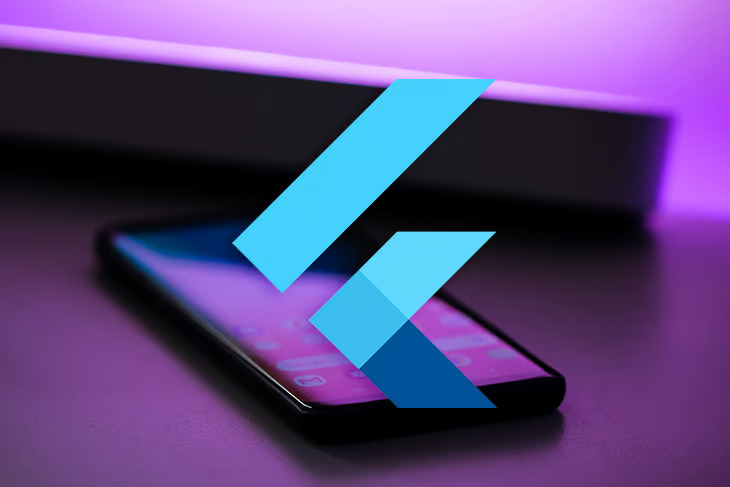What is Flutter?
Flutter is an open-source, cross-platform UI toolkit that allows developers to build natively compiled applications for mobile, web, and desktop from a single codebase. Developed by Google, Flutter was first released in 2017 and has since gained a strong developer community and wide industry adoption.
How Does Flutter Work?
Flutter is designed around the concept of widgets. Widgets are the building blocks of Flutter applications. They are used to create the user interface and are highly customizable. Flutter provides a rich set of pre-designed widgets for common UI elements like buttons, text fields, and navigation bars, and you can also create your own custom widgets.
Flutter uses the Dart programming language, which is known for its simplicity and productivity. The Flutter framework compiles Dart code into native ARM code, which makes the apps run efficiently on different platforms.
The “hot reload” feature in Flutter is a developer’s dream. It allows you to instantly see the changes you make to your code, making the development process much faster and more interactive.
Key Benefits of Flutter:
Single Codebase: With Flutter, you write one codebase that works on multiple platforms, reducing development time and costs.
Beautiful UI: Flutter provides a rich set of widgets for creating stunning, native-like user interfaces.
Fast Development: The “hot reload” feature accelerates development, enabling you to see instant results as you make changes.
Consistent Performance: Flutter’s compiled code offers consistent high performance on different platforms.
Wide Community Support: A growing developer community ensures that you can find help and resources easily.
Versatility: Flutter supports mobile (iOS and Android), web, and desktop applications, making it a versatile choice.
Open Source: Being open-source, Flutter is continuously improved and updated, and there is no cost for using it.
When to Use Flutter?
Flutter is an excellent choice for a wide range of projects, especially when:
- You need a cross-platform solution to reach both iOS and Android users with one codebase.
- Your project demands a visually appealing and customized user interface.
- Fast development and iteration are crucial.
- You want to build for web and desktop platforms alongside mobile.
- You’re working with a team of developers, as Flutter’s learning curve is relatively low.
Conclusion
Flutter has established itself as a powerful player in the mobile app development world. Its ability to provide a seamless, consistent experience across various platforms with a single codebase is a significant advantage for businesses and developers. Whether you’re building a mobile app, a web application, or a desktop program, Flutter is a technology that deserves your attention. It’s time to explore the possibilities Flutter offers and consider it for your next app development project. With its versatility, performance, and developer-friendly features, Flutter is poised to play a pivotal role in shaping the future of app development.



